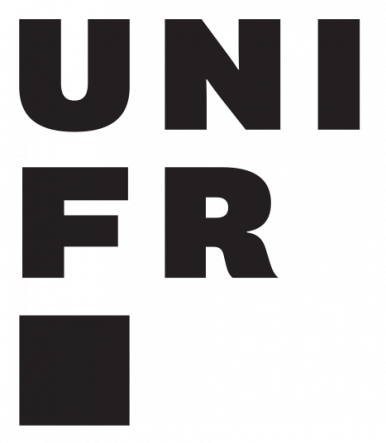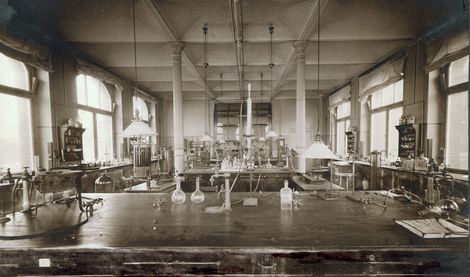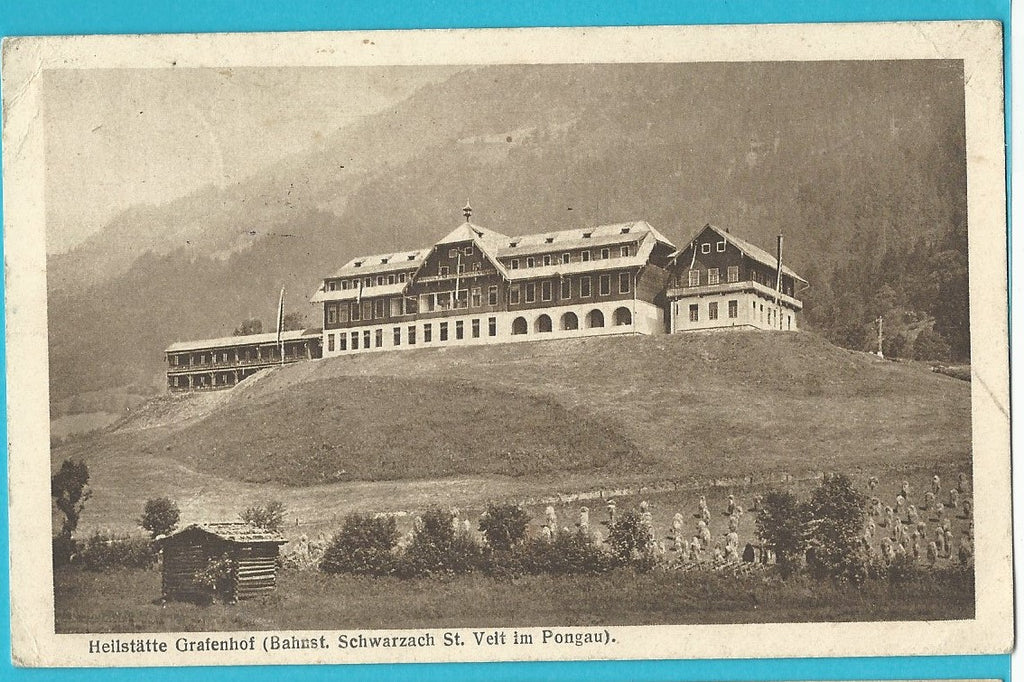Project
The project explores forms and functions of medical spaces in literary prose from the early twentieth century to the present, contributing to our understanding of the role of literature in the ongoing process of medicalization.
Modern medical spaces
The rapid evolution of scientific medicine during the 20th and 21st centuries has brought about numerous new technologies – as well as novel, highly functionalized interior spaces, types of buildings, and architectural topographies. 20th- and later these were followed by intensive care wards, multidisciplinary hospitals, and clinics or centers for radiotherapy. These medical spaces are structured by multiple (visible or non-visible) boundaries and furnished with technical instruments and with experts which produce new knowledge and new practices; ranging from the detection of germs and the first chest X-ray to successful organ transplants.In these “spaces of progress”, man is now measured, quantified, and enhanced in novel ways, processes which consequently produce novel and divergent public reactions. Doctors utilize these same spaces for their self-fashioning and the celebration of scientific medicine: the spaces are portrayed – e.g. in inaugurational speeches, medical journals, and popular scientific literature – as guarantors of cultural stability, scientific advancement, and even technical omnipotence. All this is especially true in times of crisis.
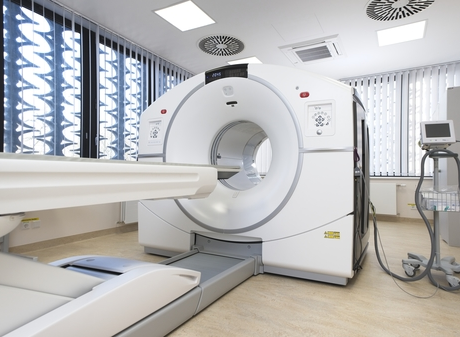
PET CT Scan room Charité
Medical spaces in literature
Literature offers the contrasting perspective, especially fictional prose. Here, medical spaces are displayed as disturbing and unstable settings of existential human experience rather than as spaces of robust knowledge or scientific progress. While doctors in the 20th and 21st centuries conceive their surgical theatres, microbiological laboratories, and radiation centers as unambiguous and epistemologically reliable, literature both discovers and brings about their symbolic polyvalence. 20th- and theatres and radiation rooms are therein viewed as transitional zones between life and death, individuality and conformity, humanity and technicism rather than as sites of cultural stability and continuity. This project’s aim is consequently to reconstruct the symbolic polyvalence of medical spaces in literary prose, spanning from Ernst Weiß and Leonhard Frank to Christa Wolf and David Wagner.
In such highly equipped indoor spaces, humans are measured, quantified, and optimized in novel ways—leading to widely varying societal reactions. For the scientifically orthodox field of medicine, these functional spaces often serve as a means of self-celebration: through lavish opening ceremonies, academic publications, and popular writings, they are staged as guarantors of progress, cultural stability, and even omnipotence—especially in times of crisis.
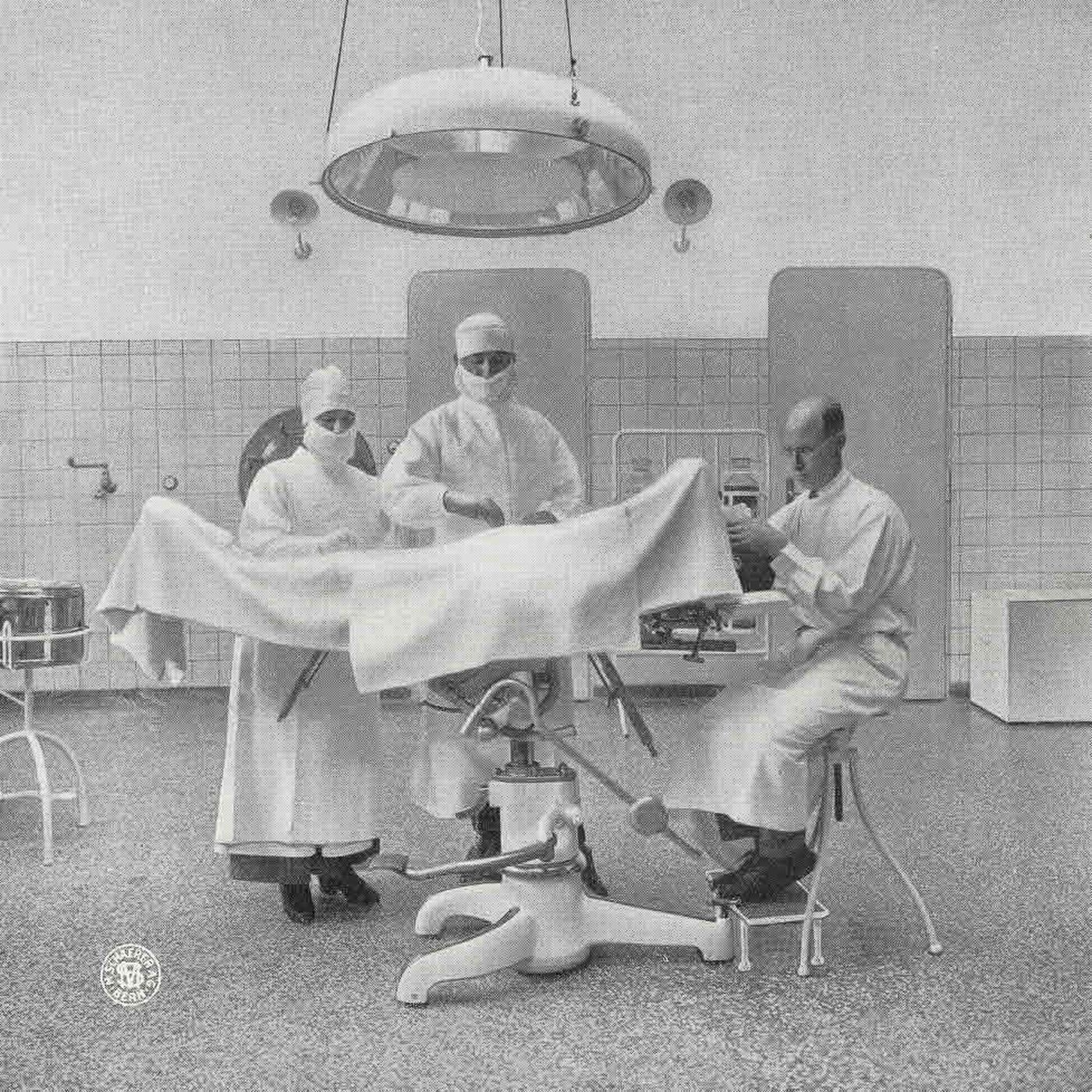
Operation theatre Berne Inselspital 1927
Our thesis is that medical settings, due to their significance, closure, and mysterious character, serve an important cultural function in giving material form to the manifold – political, social, artistic – crises of the long 20th century.
Time periods: interwar (1918-1933) and the ‘long’ present (1945-present)
Project I: “A homely smell of all kinds of chemicals”: medical expert spaces in literary prose 1918-1933
Leonhard Frank: Die Kriegskrüppel (1918), Ernst Weiß: Mensch gegen Mensch (1919), Ders.: Der Arzt (1919), Thomas Mann: Der Zauberberg (1924), Arthur Schnitzler: Traumnovelle (1925), Paula Schlier: Petras Aufzeichnungen oder Konzept einer Jugend nach dem Diktat der Zeit (1926), Franz Werfel: Die Entfremdung (1927), Erich Maria Remarque: Im Westen nichts Neues (1928), Ernst Weiß: Georg Letham, Arzt und Mörder (1931), Ders.: Die Herznaht (1937)
Project II: The hospital narratives: clinical spaces in German and English pathographies 1945-present
Mona Baie (doctoral student) explores the semantics of hospital spaces in late 20th- and 21st-century autobiographical prose. How are the high-tech clinical settings of the international ‘illness narratives’ narratively represented? How do they contribute to critical reflection on the issues of medicalization, such as embodiment and identity, suffering, gender roles, technicity? These questions are considered in the following German- and English-language texts:
Denton Welch: A Voice Through a Cloud (1950), Thomas Bernhard: Der Atem (1978), Audre Lorde: The Cancer Journals (1980), Christa Wolf: Leibhaftig (2002), Hilary Mantel: Giving Up The Ghost (2003), David Wagner: Leben (2013)
